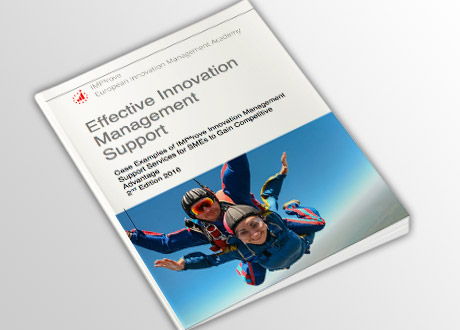IMP³rove Report: Effective Innovation Management Support
This collection of case examples of IMP³rove innovation management support services for SMEs to gain competitive advantage illustrates the needs of key stakeholders in the innovation ecosystem. The case examples show how a wide variety of effective support services utilising the IMP³rove offerings address these needs.











